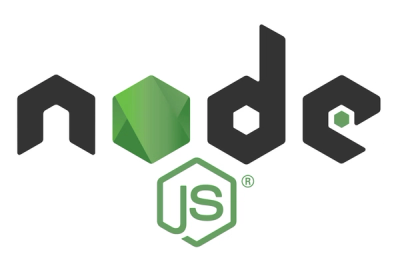
Security News
Django Joins curl in Pushing Back on AI Slop Security Reports
Django has updated its security policies to reject AI-generated vulnerability reports that include fabricated or unverifiable content.
@rx-signals/angular-provider
Advanced tools
You can use this lib for an opinionated rx-signals integration into your Angular application.
It features Angular providers for rx-signals store and/or child-stores.
In addition, it features some pipes and directives to work with validation and optional-lenses.
npm install --save @rx-signals/angular-provider@3.0.0-rc14
If you have not yet installed the rx-signals store, please see @rx-signals/store documentation on how to install the latest 3.x version of that peer-dependency.
In your bootstrapApplication, just use provideStore().
This will provide a Store singleton everywhere (so even lazy-loaded routes will receive the same store instance).
If you have functions performing setup with the store ((store: Store) => void), you can pass 0 to N of those setup-functions as arguments to provideStore().
If you're really sure a child-route should use its own child-store, you can do so by using provideChildStore() in the corresponding routes providers array.
Make sure to read the documentation on child-stores.
Also, be aware that store-lifecycles might be a better option for your use-case.
In the topmost module that should use the store (AppModule, SharedModule, CoreModule, or whatever it is for you), you can just import RxSignalsStoreModule.
This will provide a Store singleton everywhere (so even lazy-loaded feature-modules will receive the same instance).
Instead, if you have functions performing setup with the store ((store: Store) => void), you can use RxSignalsStoreModule.withRootStore(), passing as many of those setup-functions as arguments as you like.
You can also use RxSignalsStoreModule.withRootStore() in your feature-modules (whether lazy or not) to pass corresponding setup-functions of those feature-modules.
You might be used to modules that come with
forRoot()andforFeature()functions. These names make no sense in case of the RxSignalsStoreModule, because the standard-case is to use a single store-instance in all your modules and thus, all these modules should callwithRootStore(). See the next section on use-cases forwithChildStore().
If you are really sure that you have a feature-module where you want to use a child-store (derived from the root-store that you get with RxSignalsStoreModule or RxSignalsStoreModule.withRootStore()), then you can do so by importing RxSignalsStoreModule.withChildStore().
Make sure to read the documentation on child-stores.
Also, be aware that store-lifecycles might be a better option for your use-case.
If you read about the concept about side-effect-isolation with the store, you know that the only side-effect that the functions passed to RxSignalsStoreModule.withRootStore() and/or RxSignalsStoreModule.withChildStore() are allowed to do is calling methods of the passed store.
All the signals being setup in this process should be free of side-effects (allowing you to call the setup-functions in your tests without any need of mockup).
Consequently, the side-effects must be injected to the store by corresponding calls to store.addEffect.
In your unit-tests, you would then just mock the effects themselves by store.addEffect(effectId, () => someMockupReturn) (so no need to mock anything else).
FAQs
Angular provider for @rx-signals/store
The npm package @rx-signals/angular-provider receives a total of 11 weekly downloads. As such, @rx-signals/angular-provider popularity was classified as not popular.
We found that @rx-signals/angular-provider demonstrated a not healthy version release cadence and project activity because the last version was released a year ago. It has 1 open source maintainer collaborating on the project.
Did you know?

Socket for GitHub automatically highlights issues in each pull request and monitors the health of all your open source dependencies. Discover the contents of your packages and block harmful activity before you install or update your dependencies.

Security News
Django has updated its security policies to reject AI-generated vulnerability reports that include fabricated or unverifiable content.

Security News
ECMAScript 2025 introduces Iterator Helpers, Set methods, JSON modules, and more in its latest spec update approved by Ecma in June 2025.

Security News
A new Node.js homepage button linking to paid support for EOL versions has sparked a heated discussion among contributors and the wider community.